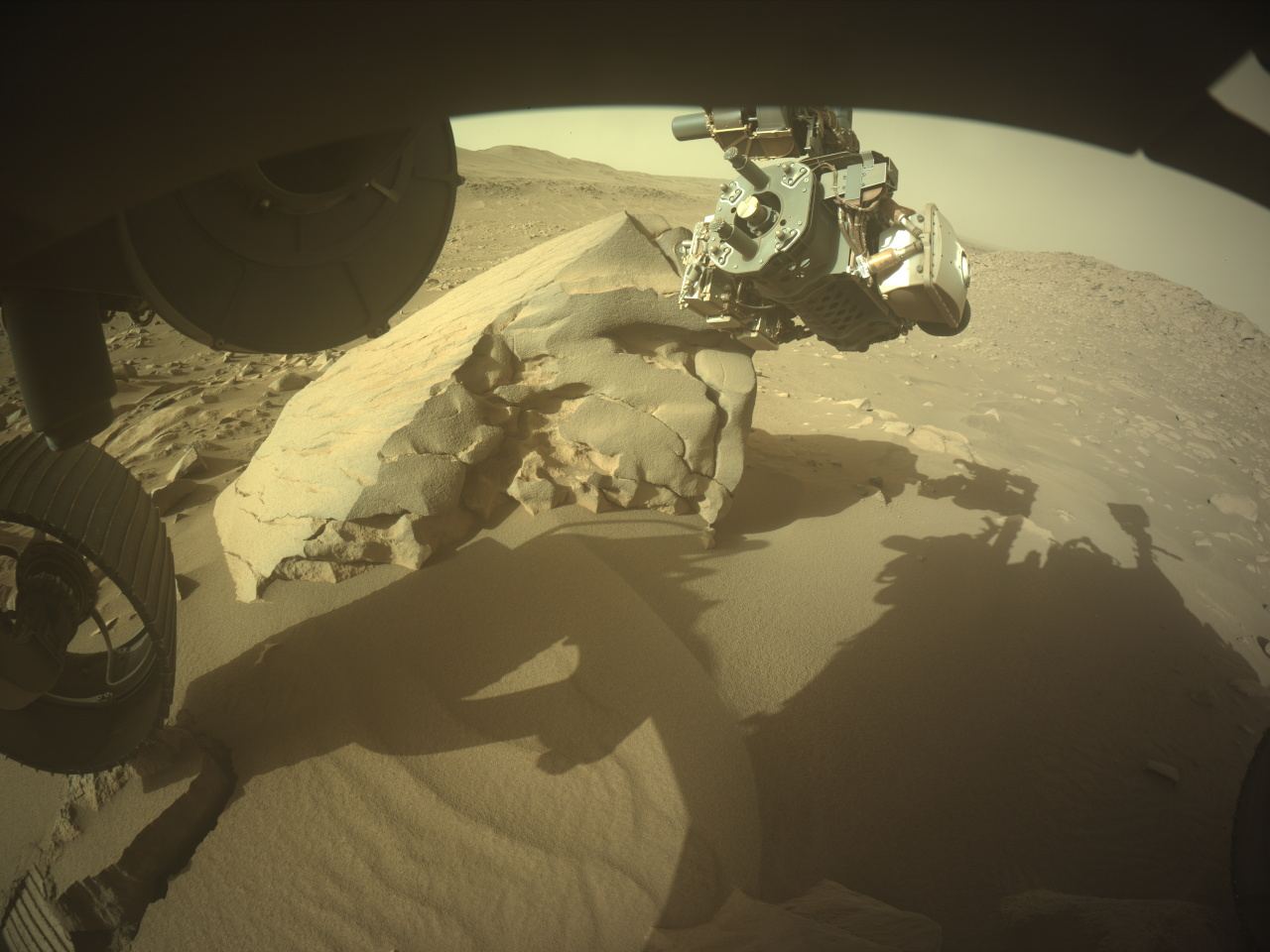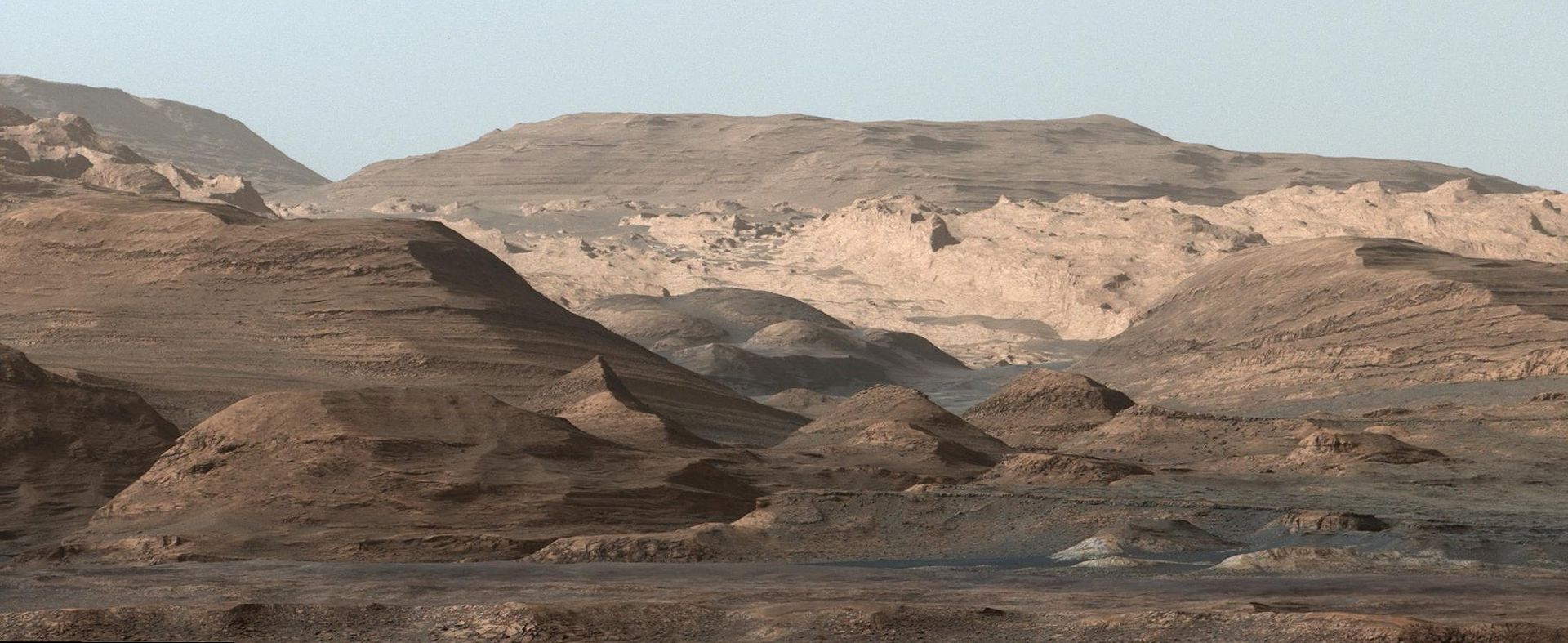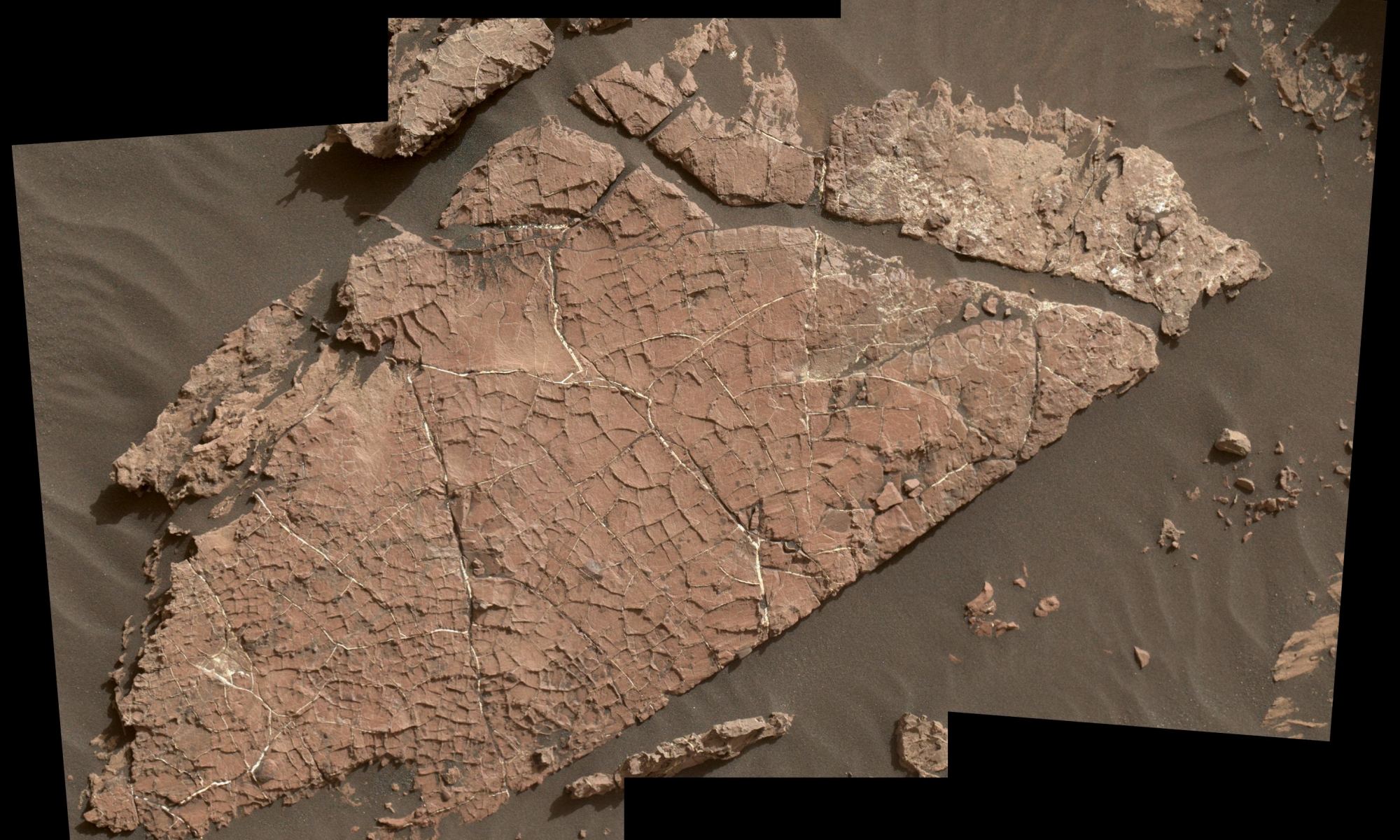If there’s a Holy Grail on Mars, it’s probably a specific type of rock: A rock so important that it holds convincing clues to Mars’ ancient habitability.
Perseverance might have just found it.
Continue reading “Perseverance Finds its Dream Rock”
If there’s a Holy Grail on Mars, it’s probably a specific type of rock: A rock so important that it holds convincing clues to Mars’ ancient habitability.
Perseverance might have just found it.
Continue reading “Perseverance Finds its Dream Rock”
Even with all we’ve learned about Mars in recent years, it doesn’t stack up against all we still don’t know and all we hope to find out. We know that Mars was once warm and wet, a conclusion that was less certain a couple of decades ago. Now, scientists are working on uncovering the details of Mars’s ancient water.
New research shows that the Gale Crater, the landing spot for NASA’s MSL Curiosity, held water for a longer time than scientists thought.
Continue reading “Mars’ Gale Crater was Filled with Water for Much Longer Than Anyone Thought”
What happened to Mars? If Mars and Earth were once similar, as scientists think, what happened to all the water? Did there used to be enough to support life?
Thanks to the Mars Science Laboratory (MSL) Curiosity, we’re getting a better picture of ancient Mars and what it went through billions of years ago. A new study published in Nature Geoscience says that Mars likely underwent alternating periods of wet and dry, before becoming the frigid, dry desert it is now. Or at least, Gale Crater did.
Continue reading “Curiosity Finds A Region of Ancient Dried Mud. It Could Have Been an Oasis Billions of Year Ago”